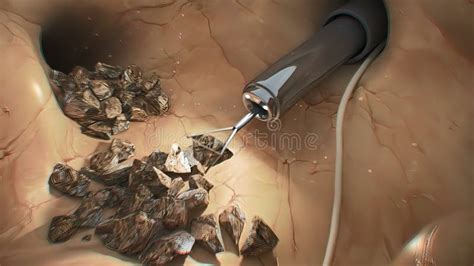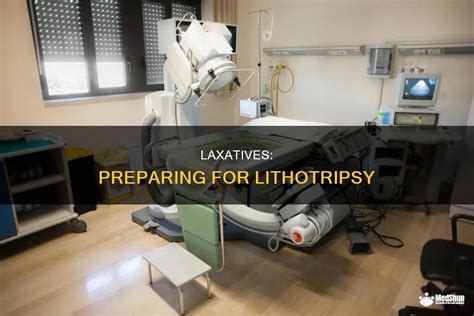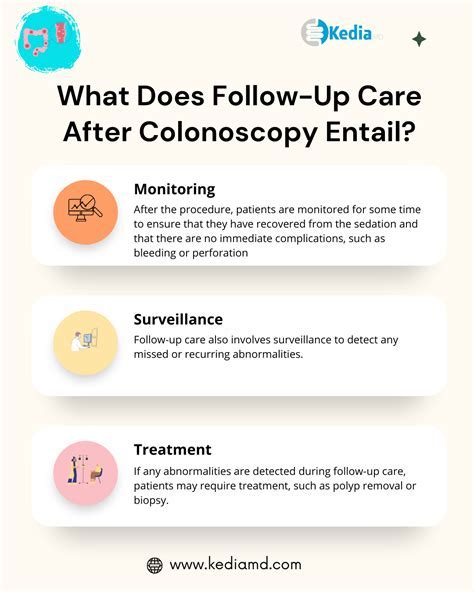Intro
Learn about Kidney Stone Lithotripsy Treatment, a non-invasive procedure using shockwaves to break down renal calculi, ureteral stones, and bladder stones, offering relief from painful kidney stone symptoms.
Kidney stones are a common and often painful condition that affects millions of people worldwide. One of the most effective treatments for kidney stones is lithotripsy, a non-invasive procedure that uses shock waves to break up the stones into smaller pieces that can then be easily passed out of the body. In this article, we will delve into the world of kidney stone lithotripsy treatment, exploring its benefits, working mechanisms, and what to expect during the procedure.
Kidney stones can cause severe pain, nausea, and vomiting, and if left untreated, can lead to more serious complications such as kidney damage or infection. Lithotripsy is a highly effective treatment option that can help to alleviate these symptoms and prevent further complications. The procedure is typically performed on an outpatient basis, and most patients are able to return to their normal activities within a few days.
The importance of seeking medical attention for kidney stones cannot be overstated. If you are experiencing symptoms such as severe pain, blood in your urine, or difficulty urinating, it is essential to seek medical help as soon as possible. A doctor will be able to diagnose the presence of a kidney stone and recommend the best course of treatment. In many cases, lithotripsy will be the recommended treatment option, and it is essential to understand the benefits and risks of the procedure before making a decision.
Kidney Stone Lithotripsy Treatment Overview

How Lithotripsy Works
The lithotripsy machine uses a combination of ultrasound and X-ray technology to locate the kidney stone and deliver the shock waves. The machine is able to pinpoint the exact location of the stone, allowing for precise and effective treatment. The shock waves are then delivered through a special device called a lithotripter, which is placed outside the body. The lithotripter uses high-energy shock waves to break up the kidney stone, and the resulting fragments are then able to pass out of the body through the urine.Benefits of Lithotripsy

Risks and Complications
While lithotripsy is a highly effective and relatively safe procedure, there are some risks and complications to be aware of. These include: * Bleeding: There is a small risk of bleeding during or after the procedure. * Infection: There is a small risk of infection with any medical procedure, including lithotripsy. * Kidney damage: There is a small risk of kidney damage during the procedure, although this is rare. * Stone fragments: In some cases, the stone fragments may not pass out of the body on their own, and may require additional treatment.Preparing for Lithotripsy

What to Expect During the Procedure
During the procedure, you will be positioned on a special table and given general anesthesia or sedation to help you relax. The lithotripsy machine will then be used to locate the kidney stone and deliver the shock waves. The procedure typically takes around 30-60 minutes to complete, and you may feel some discomfort or pain during the procedure. After the procedure, you will be taken to a recovery room where you will be monitored for several hours before being discharged.After the Procedure

Common Questions and Concerns
Here are some common questions and concerns that patients may have about lithotripsy: * Will I feel pain during the procedure? Most patients experience minimal pain during the procedure, although some may feel some discomfort. * How long will the procedure take? The procedure typically takes around 30-60 minutes to complete. * What are the risks and complications of lithotripsy? The risks and complications of lithotripsy include bleeding, infection, kidney damage, and stone fragments.Conclusion and Next Steps

What is lithotripsy and how does it work?
+Lithotripsy is a non-invasive procedure that uses shock waves to break up kidney stones into smaller pieces. The procedure uses a combination of ultrasound and X-ray technology to locate the kidney stone and deliver the shock waves.
What are the benefits of lithotripsy?
+The benefits of lithotripsy include its non-invasive nature, minimal pain, high effectiveness, quick recovery, and low risk of complications.
What are the risks and complications of lithotripsy?
+The risks and complications of lithotripsy include bleeding, infection, kidney damage, and stone fragments. However, these risks are relatively rare and can be minimized with proper care and treatment.
We hope that this article has provided you with a comprehensive understanding of kidney stone lithotripsy treatment. If you have any further questions or concerns, please do not hesitate to reach out to your doctor or healthcare provider. Remember to share this article with anyone who may be experiencing symptoms of a kidney stone, and encourage them to seek medical attention as soon as possible. Together, we can help to raise awareness and promote education about this important health topic.
